Last Saturday, I did something I’ve been meaning to do for years, but never got around to: I went to Petco Park to watch the Padres, San Diego’s only remaining major sports team. Overall, it was a bad night to support the home side — the Miami Marlins blew out the Padres 8–0, the last four runs coming on a ninth-inning grand slam with many fans already filtering out.
But watching baseball at the ballpark has always been a pretty good experience. Stadiums usually give you a good range of things to watch, drink, and eat to keep you occupied between pitches — I often found myself mindlessly echoing the PA system’s clap clap clap-clap-clap sound effects to entertain myself. (While sports fans in most countries come prepared with a dozen songs to sing about their team, I, apparently, need to be instructed on how to clap.)
But on television, watching regular-season baseball is a much different matter. It’s slow, long, filled with commercials, and proceeds inconsistently. The average length of a nine-inning game of MLB action was 3 hours and 10 minutes in 2021, more than half an hour more than the 2:33 average of games in 1981, and 52 minutes more than the average NBA game last season. Strikeouts are up nearly 50%, balls are hit into play less often, and fans will wait on average four minutes to see a ball hit into play. The early 20th century saw baseball’s low-scoring “dead-ball era,” and it seems like on television, we’re entering a dead-air era.
And while there are dozens of other factors that have contributed to this decline, baseball ratings are not what they used to be, with the percentage of U.S. TV-equipped households tuning into the World Series at 6.5% in 2021, compared to a consistent 25 to 30% in the 1970s and 1980s. A 2017 poll found that MLB fans averaged 57 years old, 6 years older than the average for the NFL and 15 years older than the average NBA fan.
And so, MLB has begun to take speed of play into consideration much more in recent years. An anonymous league executive told Sports Illustrated last year that game speed is “the greatest crisis the game faces … In the next five years we’ll either be the national pastime or a niche sport.” While I wouldn’t call things so dire, I can say that baseball is developing a reputation as a slow, archaic game that isn’t worth the time; even as a sports fan myself, I find it hard to justify fitting one of 162 regular-season games into my schedule — we could just blame my inadequate Gen-Z attention span, but plenty of people feel the same way, and that’s a problem for baseball.
But most of the solutions to the speed-of-play crisis rub many fans the wrong way. The most common is the pitch clock, which gives batters and pitchers a limited amount of time in which to prepare for and deliver, respectively, the next pitch. This is probably a good idea. Both batters and pitchers have increased the amount of time they spend between pitches getting ready, wrapping the straps on their gloves on and off, stepping off the mound, and playing timing games with each other.
A pitch clock has already been implemented in some minor leagues, with mixed results. A couple weeks ago, a video of a Double-A batter being given an automatic strike with a 2–2 count for a relatively routine batting sequence went viral, causing much consternation among baseball fans, oldheads and young fans alike. To detractors, a pitch clock — which by the latest MLB player agreement could be implemented as soon as next season in the majors — could lead to many similar controversial calls and a debate between following the letter or the spirit of the law. Some pitchers oppose the pitch clock as well, since it limits their freedom to use time to their advantage from the mound.
But empirically, there’s no denying the pitch clock is doing the job it was meant to do. Pitch clocks in minor-league ball saved an average of 20 whole minutes over non-clocked games to begin the 2022 season, with insignificant effects on the number of hits or runs scored. On average, umpires assessed just under 2 violations per game, 72% of which went to pitchers, and the remainder to hitters.
“It seemed like it accomplished exactly what MLB wants the game to look like in a few years … [Outside of] playing in the College World Series or unique games, it has been the most fun I’ve ever had playing,” said catcher Henry Davis, whom the Pittsburgh Pirates selected first overall in the 2021 draft, to ESPN.
Another change being tested in the minors is a limit on pitchers’ pick-off throws and steps off the mound — two notorious baseball time-wasters. Combined with pitch clocks, this has led to an 18% increase in stealing bases, which have been on a precipitous decline in the majors for decades, but are an exciting part of the game.
Pace-of-play improvements are still in their infancy, though, and there will be a lot of growing pains in ironing out the issues. If the pitch clock arrives next season, we will probably see a violation called in a big moment in a pivotal game, and when that happens, all hell will break loose. But for the overall health of the game, these improvements could inject baseball with a sense of speed, excitement, and energy that it badly needs.
Baseball might have something to learn here from cricket. Cricket is maybe the most traditionalist sport there is, and you might be aware that in its most traditional form, Test matches, a match can take place over five days at a glacial pace. Cricket didn’t even begin to limit the number of overs (the total number of balls thrown) until the 1970s, and even this alteration only shortened the game to the One-Day International format used at the World Cup that clocks in at around eight hours.
Looking to revitalize the game, the English cricket board started organizing 20-over matches known as Twenty20 cricket in 2003, lasting around three hours total. Less than two decades later, the Indian Premier League, played in the Twenty20 format, is the largest cricket league in the world, and it’s lightyears more exciting than Test cricket.
I don’t think such drastic measures are at all necessary in the MLB. But changes that might seem like heresy today could be vital parts of an engaging game in the future, so don’t count them out.
By the way, the day after I watched the Padres get smacked 8-nil by the Marlins, Jorge Alfaro hit a three-run homer with two outs in the ninth for a Mother’s Day walk-off victory, one of the biggest plays yet in this young MLB season. Baseball is still pretty darn good. You just have to get lucky enough to find it.
Art by Ava Bayley for the UCSD Guardian


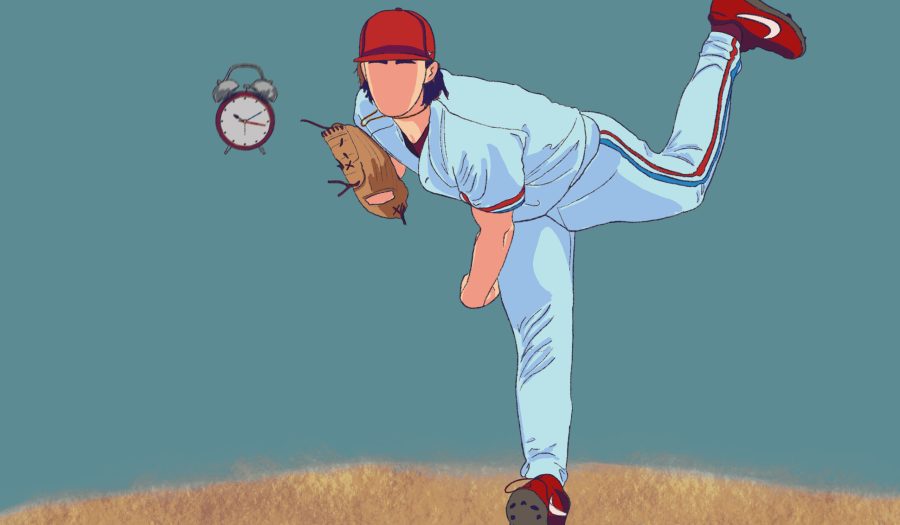

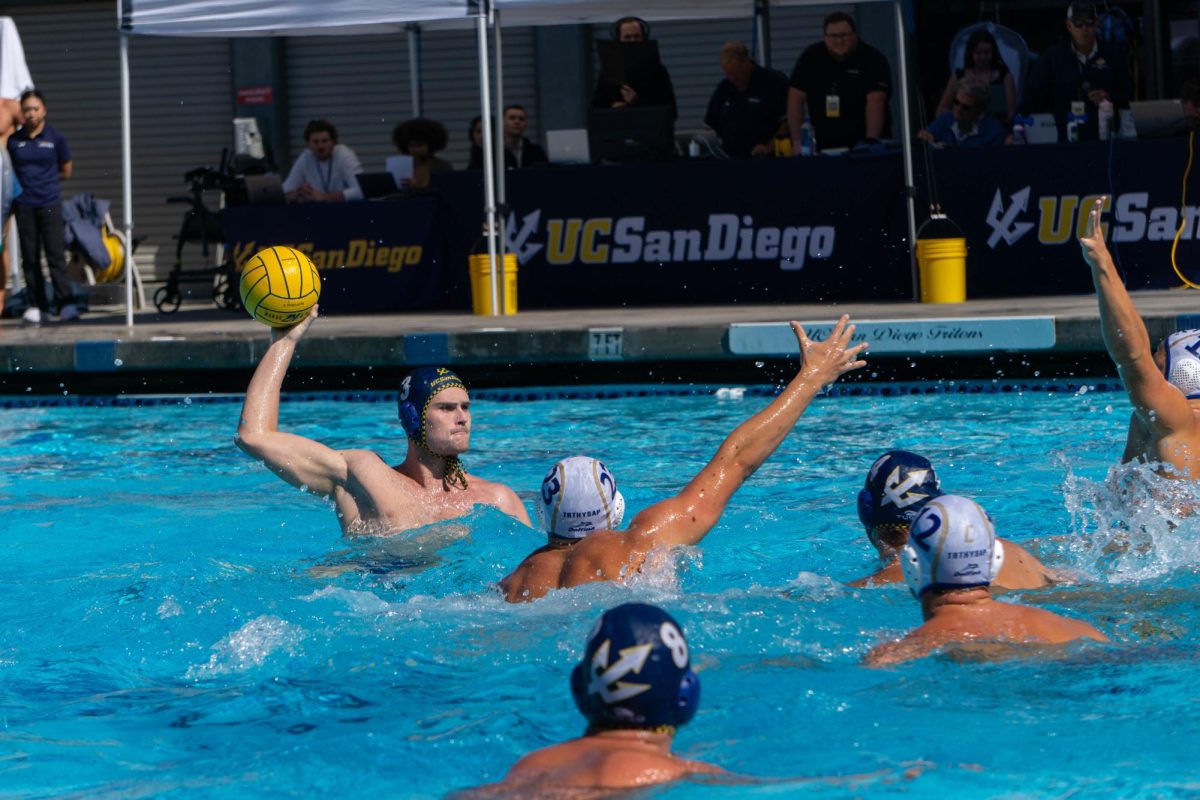
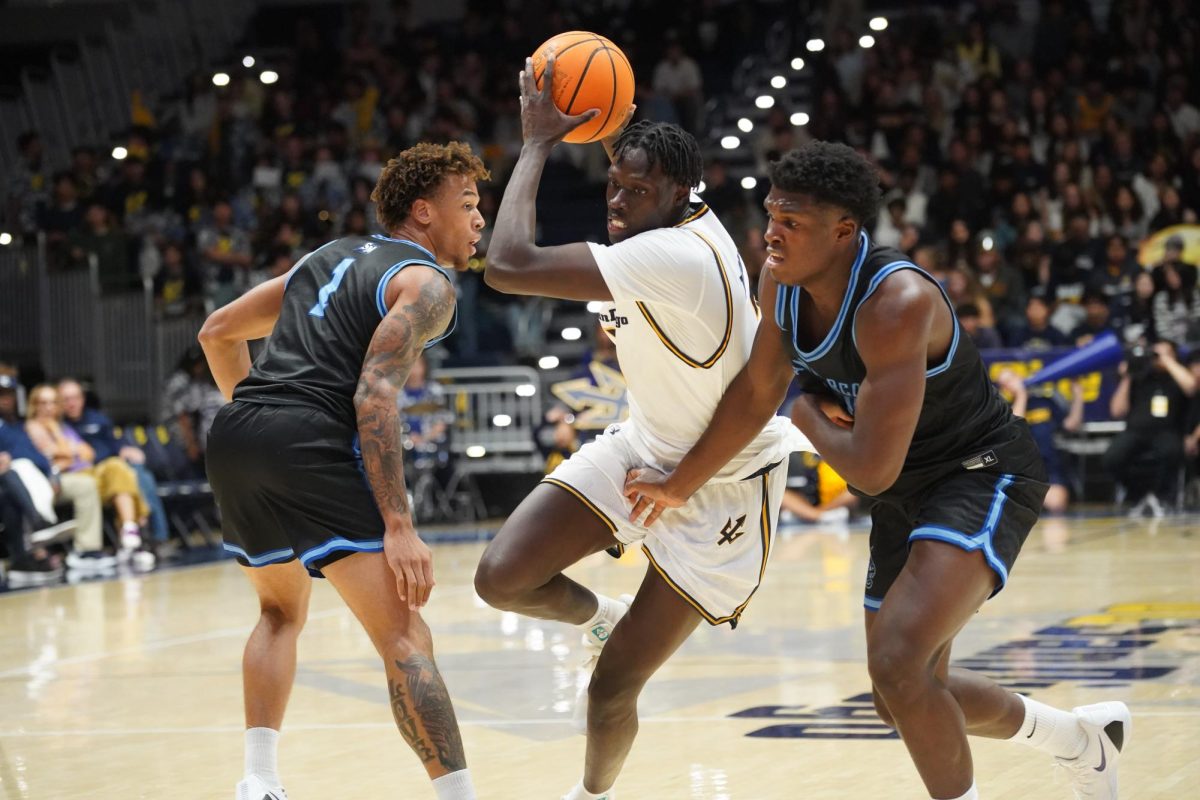

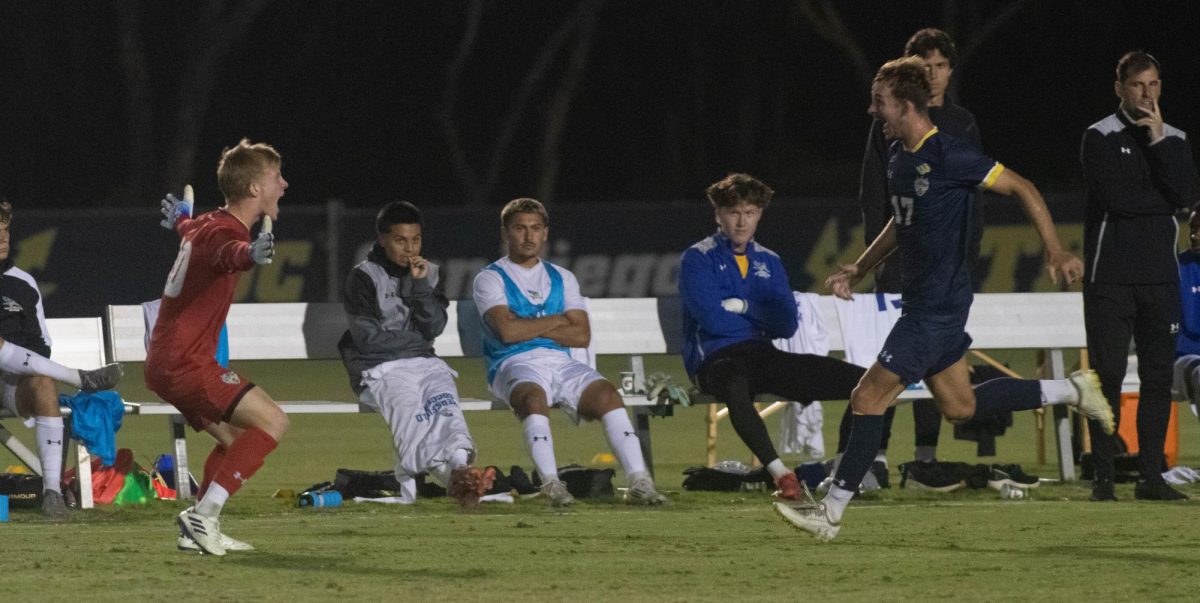
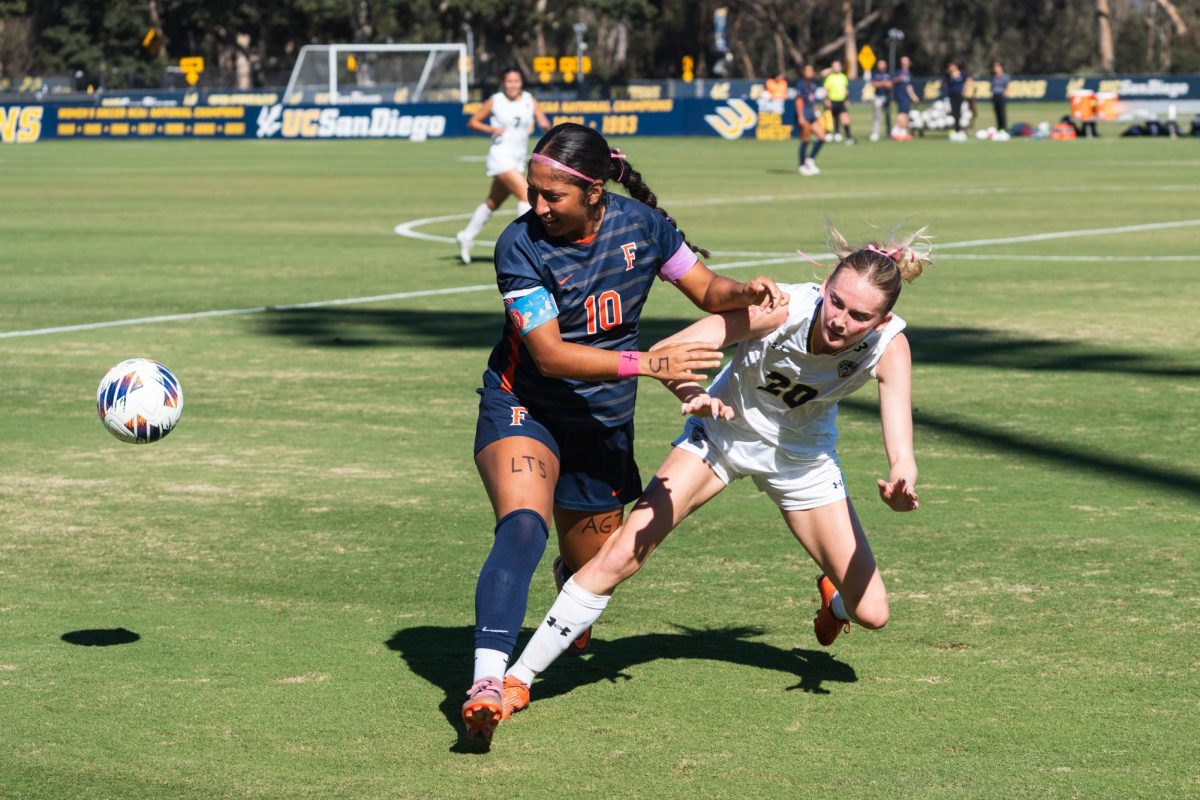

Blake Guerrero • Jul 21, 2022 at 9:18 pm
stumble guys apk dinero infinito is a new multiplayer game that has taken the world by storm. The objective of the game is simple: be the last man standing. But with millions of other players around the globe vying for the same goal, it’s anything but easy.
Frankie Thomas Keith Powell • Jul 21, 2022 at 8:34 pm
Geometry Dash is a 2013 mobile and desktop game developed and published by RobTop Games. It is a rhythm-based platforming game that features 20 levels, each with its own unique challenge. The objective of geometry dash apk todo desbloqueado is to complete each level by reaching the end goal, avoiding obstacles, and collecting coins.
Robert Ryan • May 22, 2022 at 12:46 am
Short versions of Cricket have always been around. Most children’sgames last as long as they want to play. There is a lot of running in Cricket compared to Baseball. Trying to speed Baseball up is going to be prerty hard.